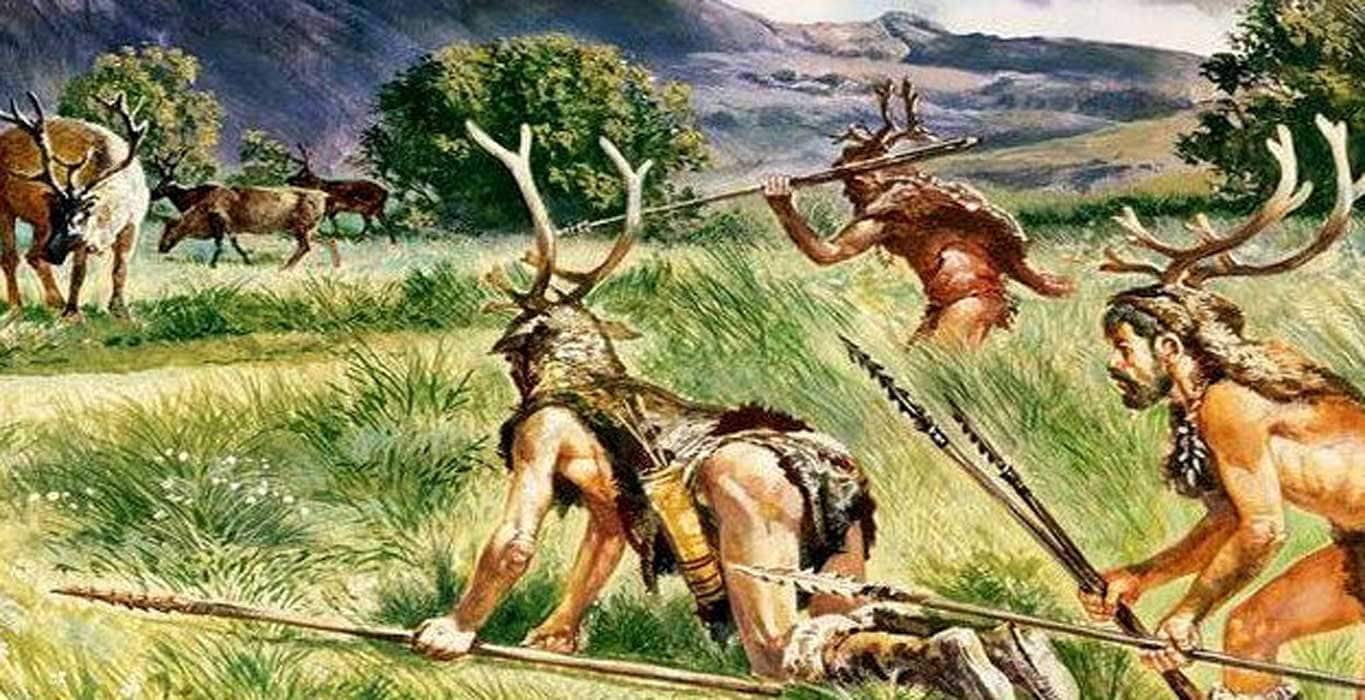Civilization is derived from the Latin civilis (“civil”) and civitas (“city”). It could not have started until our stone age ancestors learned how to grow grains, and traded their hunter-gatherer lifestyle for that of settled farmers. The reason the first farmers made that transition is surprising: they liked beer. Grain is beer’s key ingredient, so they settled down to tend their grain fields, and have all the beer they wanted. Below are twenty five things about that and other interesting facts about the path taken to settle down, and set the stage for civilization.

Does Civilization Owe its Existence to Alcohol?
For millions of years, ever since the first proto-humans came down from the trees and walked upright, our species has kept body and soul together as hunter gatherers. Even after we evolved into Homo sapiens, we continued to collect our food from the abundance of nature as hunter gatherers for hundreds of thousands of years. Then, about twelve thousand years ago, some humans began to domesticate animals and plants, and switched from hunter gatherers to a settled life of farmers and agriculturalists. What they did caught on. Within a relatively short time in historic terms, most of humanity settled down and adopted agriculture. Hunter-gatherers were reduced to a tiny minority, banished by the far more numerous settled farmers to the least desirable lands. Why did the first farmers take up farming, though?

For generations, it was assumed that it was because of bread. Some bright stone age folk learned how to cultivate grains, and after a lot of experimentation, figured out how to grind them into flour, mix that into dough, and make bread. Bread was a miracle food: a complete meal in one tasty lump. On top of that, the grains from which bread was made could last for years after they were harvested. So people began to till, plant, and weed in an effort to grow enough to feed their group year-round. Grains can also be turned into beer, and an intriguing theory posits that people first grew grain not because they wanted bread, but because they wanted booze. Is it possible that the roots of settlement and eventual civilization lay in beer, not bread?

